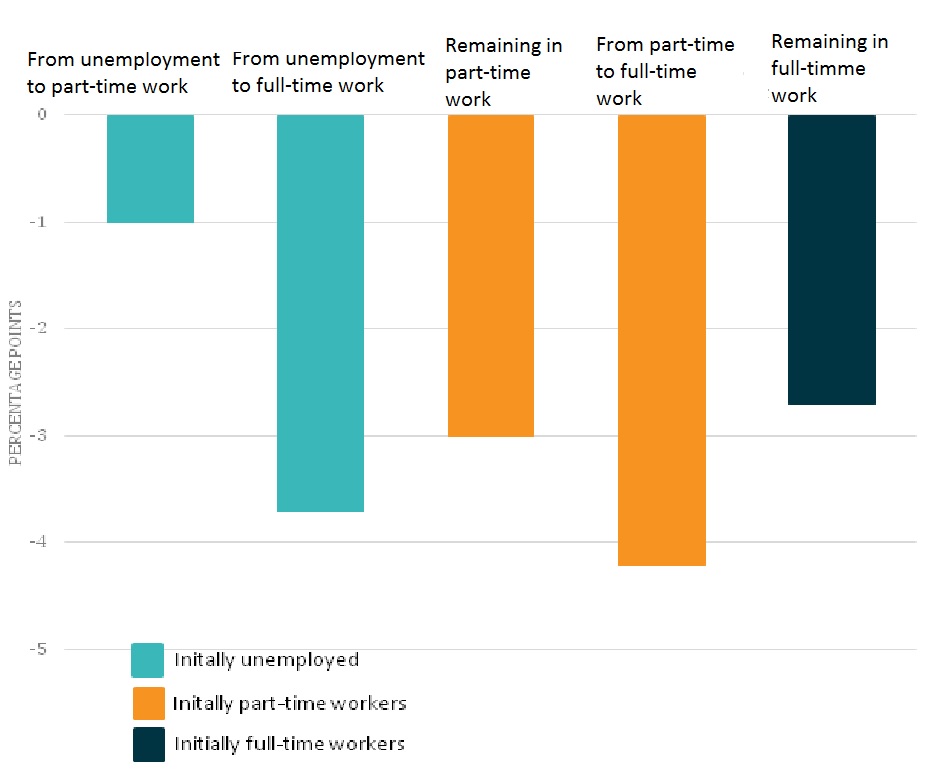Mental and physical health
Our experience and perception of our mental and physical health is the biggest single factor that explains, on average, how we rate our wellbeing. Good health is associated with higher life satisfaction. When it comes to poor health, recent acute health problems affect wellbeing the most. But longer-term chronic ill health also has an effect on wellbeing.
Yet it is still possible to experience poor mental and physical health and rate our wellbeing highly, or vice versa. This is because health and wellbeing are different, but clearly linked. The effect of wellbeing on health is substantial – but variable – and comparable to other risk factors more traditionally targeted by public health, such as a healthy diet.
Our evidence, guidance, and analysis on mental and physical health focuses on:
People
-
Joanne Smithson
The relationship between health and wellbeing is not just one-way – health influences wellbeing and wellbeing itself influences health. There are a number of correlations between wellbeing and physical health outcomes, improved immune system response, higher pain tolerance, increased longevity, cardiovascular health, slower disease progression and reproductive health.
Wellbeing, mental health and work
People with poor mental health, especially young adults, are at greater risk of being out of work involuntarily, for example sick leave or early retirement. What’s more, having mental health issues can reduce the possibility of finding work, as well as hindering people already in employment from keeping their jobs. This is the case regardless of whether it is full- or part-time employment.
The graph below shows that those with mental health conditions have a lower probability of staying in work and moving from unemployment into work. The difference is only related to the mental health condition: which means this is the case even when all other factors such as income, age, gender, education, ethnicity and marital status are the same, or ‘held constant’.





